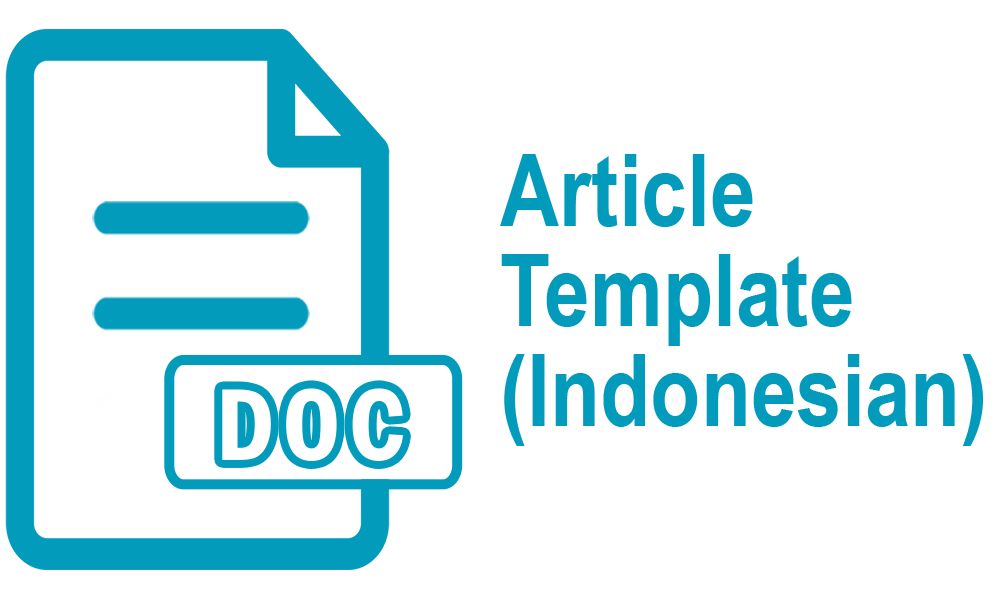A Critical Discourse Analysis of Isaac Herzog’s Speech on the U.S. Congress toward the War Against Palestine
Abstract
Full Text:
PDFReferences
Ahluwalia, P., & Miller, T. (2016). Why do wars happen? Social Identities, 22(4), 347–349. https://doi.org/10.1080/13504630.2016.1158952
Cornbleet, S., & Carter, R. (2002). The Language of Speech and Writing. Routledge.
Creswell, J. W. (2009). Research Design: Qualitative, Quantitative, and Mixed Methods Approaches. In SAGE Publications (3rd ed.). SAGE Publications.
Fairclough, N. (1992). Discourse and Social Change. Polity Press.
Fairclough, N. (1995). Media Discourse. Arnold.
Fairclough, N. (2010). Critical Discourse Analysis: The Critical Study of Language (2nd Ed.). Routledge.
Fairclough, N. (2015). Language and Power (C. N. Candlin, Ed.; 3rd Ed.). Routledge.
Israel-Hamas War - Agreement for ceasefire and hostage exchange. (2025). Britannica. https://www.britannica.com/event/Israel-Hamas-War/Agreement-for-ceasefire-and-hostage-exchange
Israeli President Herzog Address to Joint Meeting of Congress | Video | C-SPAN.org. (n.d.). Retrieved April 11, 2024, from https://www.c-span.org/program/joint-session-of-congress/israeli-president-herzog-address-to-joint-meeting-of-congress/629534
Lucas, S. E. (2009). The Art of Public Speaking (10th Ed.). McGraw-Hill.
Miles, M. B., & Huberman, A. M. (1994). An Expanded Sourcebook: Qualitative Data Analysis (2nd Ed.). SAGE Publications.
Rustad, S. A. (2024). Conflict Trends: A Global Overview, 1946–2023. Peace Research Institute Oslo (PRIO). https://www.prio.org/publications/14006
Weiss, G., & Wodak, R. (Eds.). (2003). Critical Discourse Analysis: Theory and Interdisciplinarity. Palgrave Macmillan.
DOI: http://dx.doi.org/10.30872/jbssb.v9i3.21687
Refbacks
- There are currently no refbacks.
Copyright (c) 2025 Celine Sekar Nathania Purnama Ong
Editorial address:
Fakultas Ilmu Budaya, Universitas Mulawarman
Jl. Ki Hajar Dewantara, Gunung Kelua, Kec. Samarinda Ulu, Kota Samarinda, Kalimantan Timur, Indonesia 75123
Email: jurnalilmubudaya.fibunmul@gmail.com
Website: http://e-journals.unmul.ac.id/index.php/JBSSB
Ilmu Budaya: Jurnal Bahasa, Sastra, Seni, dan Budaya is licensed under a Creative Commons Attribution-ShareAlike 4.0 International License






